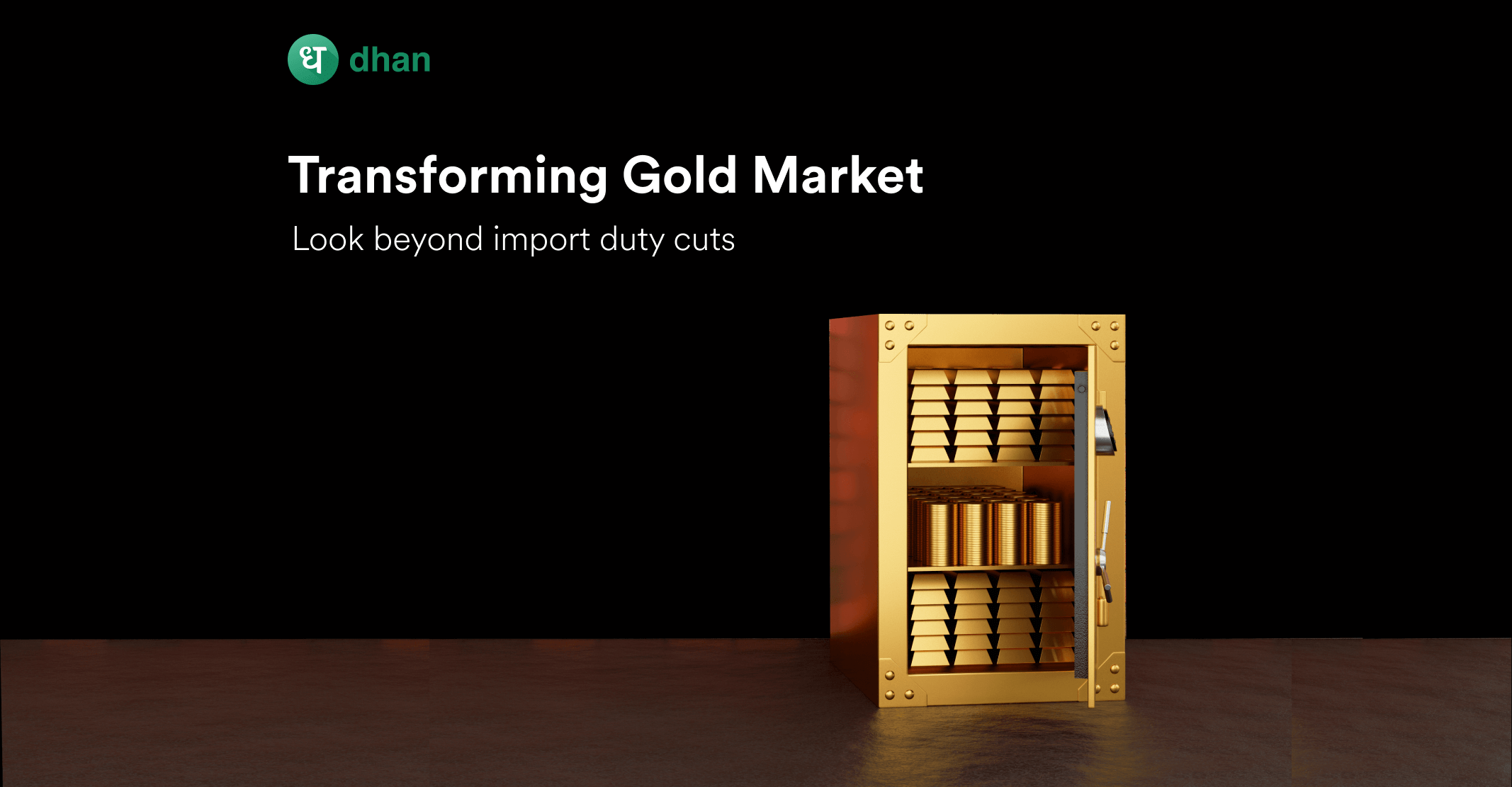Indians love gold. According to World Gold Council Estimate, Indian households own gold worth $1.50 trillion. Gold once purchased or inherited sits in the lockers of households, whose emotional value becomes much higher than economic value. Selling gold is the last thing an individual or household does in financial distress.
In economic terms, $1.5 trillion worth of wealth lies idle yielding nothing meaningful to the economy. Being one of the largest markets for gold, India can do much more than being a net importer. The focus mostly has been to discourage accumulation of physical gold and channelising this large source of capital into mainstream economy.
Government Measures
The government has implemented several measures so far to discourage accumulation of physical gold.
It started with increasing import duty by 2% on gold way back in 2009 Budget. Most recently, in 2019 custom duty on gold bar was increased from 10% to 12.5%. Increasing import duty has not yielded much of the result, India’s average gold import over last six years has been around 2,150 tonnes, surprisingly 2020-21 witnessed highest gold imports of 2,542.88 tonnes despite slowdown due to pandemic.
Gold Monetisation Scheme (GMS) was launched in 2015 where one could deposit idle gold with RBI designated banks and earn interest on the same. As per the scheme rules, the jewellery, bullion, gold artefacts deposited will be melted and converted into gold bars or Coins. The depositor at the time of maturity either gets money equivalent or the gold in form of coin or bar and not in the same form as was deposited. This was one of the major reasons the scheme did not find many takers.
Gold Bond Scheme
Government launched Sovereign Gold Bond scheme, refined version of GMS, in November 2015, with two primary objectives:
- To reduce the demand for physical gold and to shift domestic savings a part of which is used to purchase gold, into financial savings.
- To mobilise idle gold held by institutions and households into productive use. Few notable unique features of SGB include earning of 2.5% of return on amount invested over and above the appreciation, zero risk of handling physical gold, capital gains tax exemption on Redemption, and SGB can be used as collateral for loans.
Since launch till July 2021, SGB scheme has resulted in collection of RS. 31,290 crore.
While the initiatives taken so far is commendable but not sufficient, the government needs to bring in more innovation and measures to channelise the idle gold and make it a productive asset and also to make India play a vital role in Bullion trade and price discovery of gold.
There has been demand from various stakeholders to reduce gold import duty. Gold jewellery and coin manufacturing contribute to employment opportunities across the value chain right gold refiners to a wide retail jewellery network. The smuggling of gold can be controlled once the import duty gets reduced. While the reason to demand is valid, there is also another side to the coin. According to Econometric Analysis published by Gold.org, a 1% decrease in gold import duty results in a 1.9% increase in consumer demand, resulting in increased imports, which in turn widens the current account deficits, and the objective of reducing demand for physical gold loses its purpose with decrease in import duty.
You can continue reading more about transforming gold market written by Jay Prakash Gupta – Founder, Dhan and Co-Founder, Raise Financial Services.
Happy Investing 😇
Disclaimer: This blog is not to be construed as investment advice. Trading and investing in the securities market carries risk. Please do your own due diligence or consult a trained financial professional before investing.




Comments are closed.